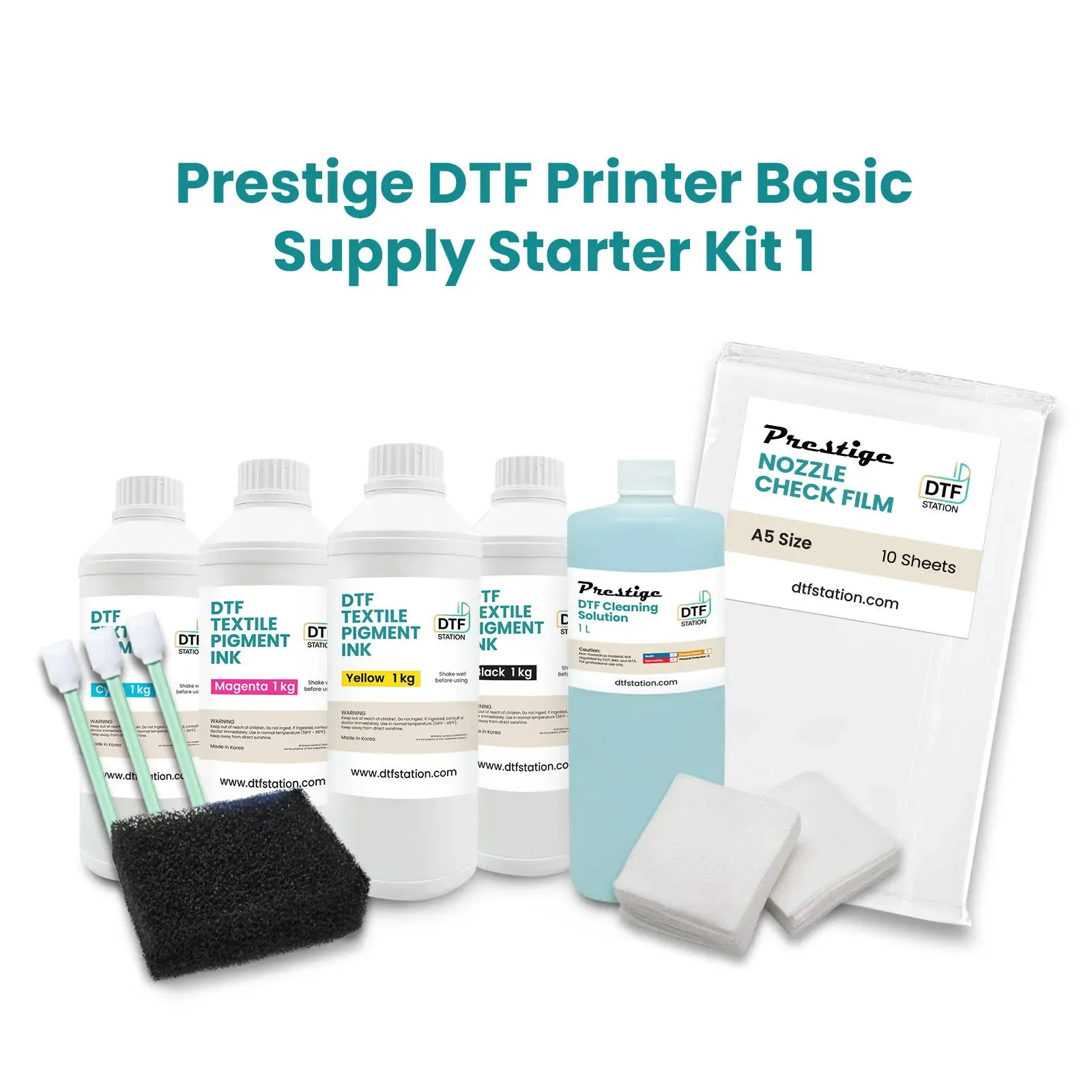Texas DTF printing: A Beginner’s Guide to How It Works
Texas DTF printing has become a popular choice for crafters, designers, and small businesses seeking vibrant, durable apparel. This beginner-friendly overview explains how direct-to-film transfers start with design and end with a durable finish. The guide highlights practical steps, essential gear, and smart workflow practices that help you stay consistent. Readers will gain clarity on choosing between different methods and understanding what makes a transfer endure wash after wash. By keeping the focus on accessible, step-by-step learning, you can build confidence and momentum in your printing journey.
Texas DTF printing: A Beginner Guide to Direct-to-Film Success
Texas DTF printing has become a popular choice for crafters, designers, and small businesses looking to create vibrant, durable apparel. This beginner guide to DTF explains how Direct-to-Film printing works—from printing onto a clear PET film using CMYK inks plus white ink, to applying a hot-melt adhesive powder and curing, and finally transferring the design with a heat press. The result is a versatile transfer that performs well on dark fabrics and intricate artwork, making it a practical entry point for Texas shops and hobbyists alike.
Getting started requires the right setup. Essential components include a DTF printer with white ink capability, PET film, hot-melt adhesive powder, a curing unit, and a heat press. Coupled with RIP software and solid color management, these tools help you reproduce gradients and fine details consistently. This aligns with the beginner guide to DTF, which emphasizes a methodical workflow and predictable results, especially when comparing DTF printers and selecting equipment for a Texas-based operation.
DTF printing process: From Design to Transfer and What to Consider Next
DTF printing process steps start with design and color management to ensure accurate translation from screen to film. Artwork is printed on PET film using CMYK inks (and white ink where opacity is needed), then a fine layer of hot-melt adhesive powder is applied. After curing, the film is placed on the garment and transferred with a heat press, with temperature, pressure, and dwell time calibrated for different fabrics to achieve a clean transfer.
Choosing the right setup involves evaluating printers and supplies, including flat-rate costs, maintenance needs, and the availability of service and parts. In this context, understanding DTF vs DTG helps you pick the best approach for your product mix and order volume. If you’re weighing options for a Texas DTF printing operation, consider factors like print quality, white ink reliability, substrate compatibility, and the total cost of ownership when selecting DTF printers and related equipment.
Frequently Asked Questions
What is DTF printing and how does the DTF printing process work for Texas DTF printing?
DTF printing (Direct-to-Film) prints designs onto a clear PET film using CMYK inks plus white for opacity. In a Texas DTF printing setup, the workflow typically includes design and color management, printing on PET film (with white where needed), applying a hot-melt adhesive powder, curing the powder, transferring the image with a heat press, and finishing checks. This approach, supported by a reliable DTF printer and white ink capability, yields vibrant, durable transfers suitable for dark fabrics and detailed artwork—making it a flexible option for beginners and growing Texas shops.
DTF vs DTG: How should a Texas DTF printing beginner decide between the two?
DTF and DTG use different ink systems and suit different fabrics and volumes. DTF (with CMYK plus white on PET film) transfers to a wide range of fabrics, including dark colors, and is generally more cost-effective for small runs and scalable in Texas DTF printing operations. DTG prints directly on fabric and usually requires pretreatment for vivid results on dark garments, with higher upfront costs for printers. For a Texas DTF printing beginner, starting with DTF is often the simpler, more scalable choice, while DTG can be explored later if your product mix and budget support pretreatment and direct-to-garment workflows.
| Topic | Key Points |
|---|---|
| DTF Printing Overview | Direct-to-Film transfers use CMYK + white ink on PET film; powder adhesive is applied and cured; heat activates bonding to fabric; flexible for odd shapes, dark fabrics, and detailed art; popular in Texas DTF printing. |
| DTF Printing Process (Overview) | Six steps: design & color management; print on PET film (CMYK + white); apply hot-melt adhesive powder; cure the powder; transfer with heat; post-press finishing. |
| Materials & Equipment | DTF printer with CMYK + white ink; PET film; hot-melt adhesive powder; curing unit; heat press; RIP software; maintenance supplies; adequate workspace. |
| Typical DTF Workflow | Artwork preparation; print on PET film; apply and cure powder; transfer with heat; inspect finish and durability. |
| DTF vs DTG | DTF excels on dark fabrics and small-to-medium runs; DTG is strong on light fabrics but may need pretreatment; DTF often offers better durability and lower upfront costs. |
| Printer & Supplies Decisions (Texas) | Assess print quality, white ink reliability, ink/media compatibility, service options, footprint and energy needs; aim for a scalable Texas-ready setup. |
| Common Mistakes & Troubleshooting | Inconsistent white ink, powder shedding, color shifts on dark fabrics, wash cracking; fix with calibration, proper curing, fabric choice, and care guidelines. |
| Tips for Success | Color-managed workflow, test prints, fabric testing, post-press quality checks, thoughtful pricing, and safety/ventilation. |
| FAQs | DTF is beginner-friendly; works on dark fabrics with white underbase; usually no pretreatment needed; durability depends on cure; costs vary by printer and materials. |



